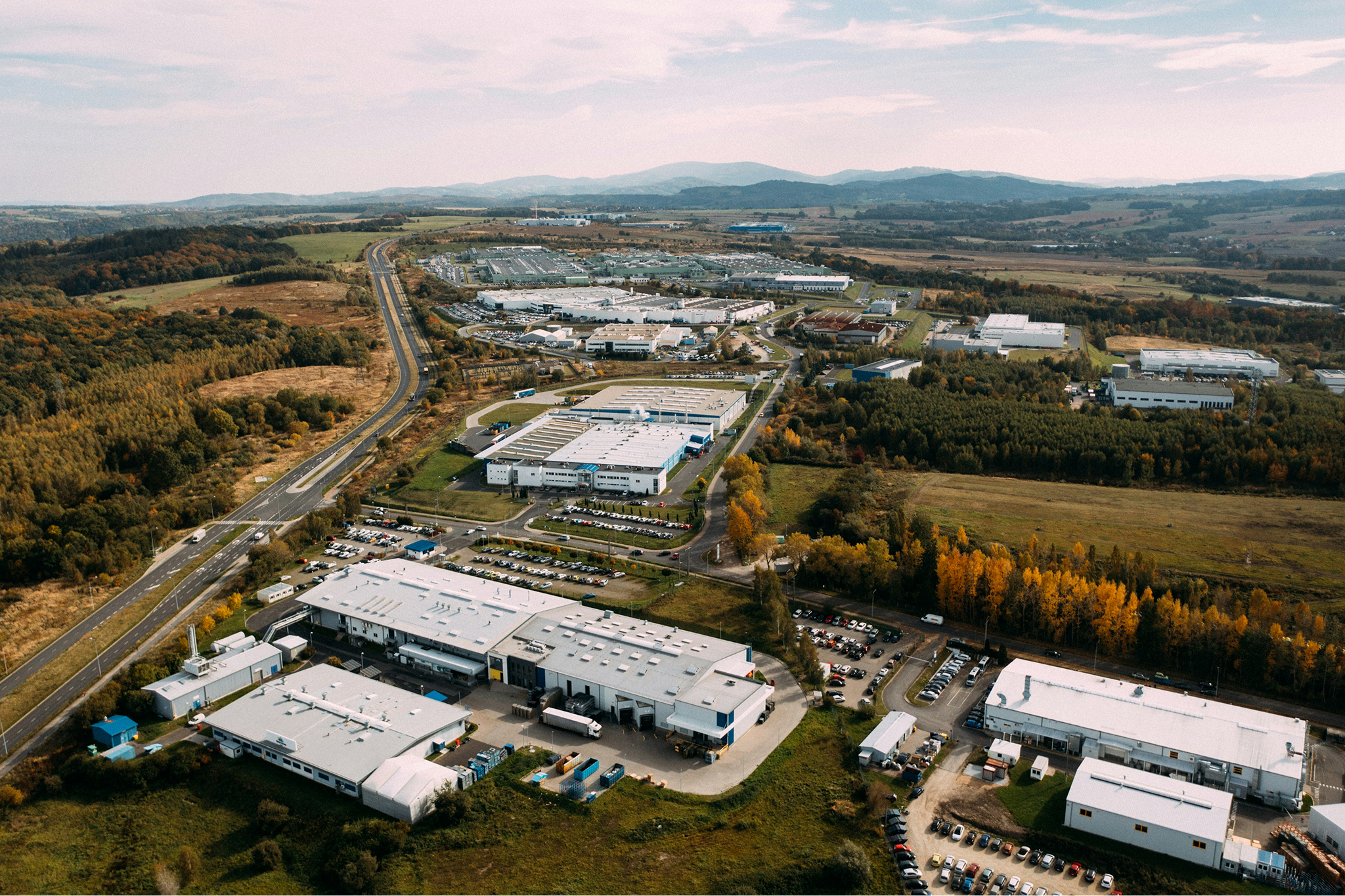You’re Closer to Switching to Hydrogen Than You Think: How On-Site Generation Is Changing the Business Case
Hydrogen has long been talked about as the energy of tomorrow — but that tomorrow is already happening. In 2024, global hydrogen demand climbed to nearly 100 million tonnes, up about 2% over 2023, driven largely by traditional sectors such as refining and heavy industry. Yet new hydrogen uses — in mobility, energy storage, and process heat — still make up less than 1% of total demand, underscoring how far the market has to mature

The Growing Demand for Hydrogen
Projects for low-emissions hydrogen (green, blue, pink) are expanding — though not as fast as hoped. Announced projects suggest a potential of 37 million tonnes per year by 2030, down from prior projections of 49 million, largely due to cancellations, cost headwinds, and regulatory uncertainty. Even so, capacity that’s operational or in advanced development is expected to increase more than fivefold from 2024 to 2030. These dynamics tell us two things: hydrogen is gaining traction, and the supply landscape is fragile. That’s where on-site hydrogen generation, enabled by ESSNA™, makes strategic sense.
Why Generate Hydrogen On-Site?
The classic hydrogen model — produce at scale, compress, transport, then distribute — carries hidden penalties: logistics costs, supply-chain risk, delivery delays, and purity or downtime challenges. In many hydrogen markets, the delivered cost of hydrogen is inflated by those factors, making what should be a high-value clean fuel less economically attractive.
On-site generation sidesteps nearly all of those drawbacks. When you produce hydrogen exactly where it’s consumed:
- you remove transport, compression, and delivery markups;
- you gain tighter control over uptime, purity, and scheduling;
- you mitigate external supply risk (pipeline delays, weather, disruptions);
- and you better align cost with use.
When on-site systems are paired with clean electricity supply (e.g. renewables, PPAs, or low-carbon grid power), operators can dramatically reduce the carbon intensity of their hydrogen — a key differentiator in customer contracts, ESG reporting, and regulatory compliance.
Plus, aggressive policy incentives are helping tilt the economics. In markets like the U.S., the Clean Hydrogen Production Tax Credit (45V) offers up to $3/kg for qualifying hydrogen for 10 years. That incentive can turn a marginal project into a compelling one — especially when the cost of delivered hydrogen is already high. (ESSNA™’s model is designed to capture that uplift.)
Because many announced low-emissions hydrogen projects are delayed or have been cancelled, dependence on external hydrogen supply is a strategic gamble. On-site generation allows you to build base reliability and lock in a more certain cost foundation.
Real-World Hydrogen Use Cases In Motion
The most mature hydrogen market today, after refining, is material handling. Hydrogen fuel-cell forklifts are already in use at scale across North America and Europe, especially in e-commerce, cold storage, and high-throughput logistics operations. Their appeal: minute-scale refueling, long operational uptime, and elimination of battery swap logistics.
In public transit, several agencies are running hydrogen bus fleets, often with on-site hydrogen fueling or production. These fleets have demonstrated millions of emission-free miles, confirming hydrogen’s reliability even under heavy duty cycles.
For industrial users of high-temperature heat — such as glass, metals, and chemical processing — hydrogen is beginning to emerge as a practical alternative or blend fuel. Trials are underway to run furnaces on high-hydrogen mixtures or even 100% hydrogen in some cases, reducing CO₂ emissions while keeping performance intact.
Meanwhile, data centers and microgrids are exploring hydrogen fuel-cell systems for backup or extended run capability in place of diesel. Pilot systems are proving out 48-hour or longer operation, and in many cases the reliability and low-emissions profile make hydrogen attractive compared to traditional backup fuels.
Across these sectors, on-site generation is no longer futuristic — it is being deployed as the operational backbone of hydrogen systems.
How ESSNA™ Accelerates Your Hydrogen Transition

At ESSNA™, we understand that capital cost, complexity, and operational risk are the main friction points stopping many organizations from adopting hydrogen. That’s why we built Energy On-Site Without Capex™ — a turnkey service where ESSNA™ handles design, installation, operation, and maintenance of modular hydrogen generation systems. You pay only for the kilograms of hydrogen you consume.
This model delivers:
- Predictable cost structure with no surprise logistics or delivery markups
- Fuel-cell-grade purity and uptime guarantees
- Scalable, modular systems that evolve with your operational demands
- Access to incentive uplift (e.g. 45V, or equivalent credits in other jurisdictions)
With ESSNA™, you don’t need to become a hydrogen producer; you simply tap into the benefits as if it were a utility — but cleaner and more controllable.
The Time Is Now
Hydrogen adoption is climbing. Global demand in 2024 neared 100 million tonnes, low-emissions project capacity is growing (albeit with some course corrections), and real hydrogen systems are operating today in warehouses, transit facilities, factories, and critical infrastructure. The narrative has shifted: hydrogen is not a puzzle piece for the future — it’s already fitting into today’s energy architecture.
On-site hydrogen generation gives you control, reliability, and a clearer path to decarbonization, before others rush to catch up.
ESSNA™ operates across North America, supporting industrial, logistics, and energy clients in deploying on-site hydrogen systems tailored to their local infrastructure and regulatory environment. Ready to see how hydrogen fits your facility?
ESSNA™ will map your hydrogen loads, size a system, and deliver a clean, finance-quality proposal — no capex, just results. Reach out today, and let’s power your operations with confidence, sustainability, and clarity.
Contact us at: https://www.energysecurity-na.com/contact-us




